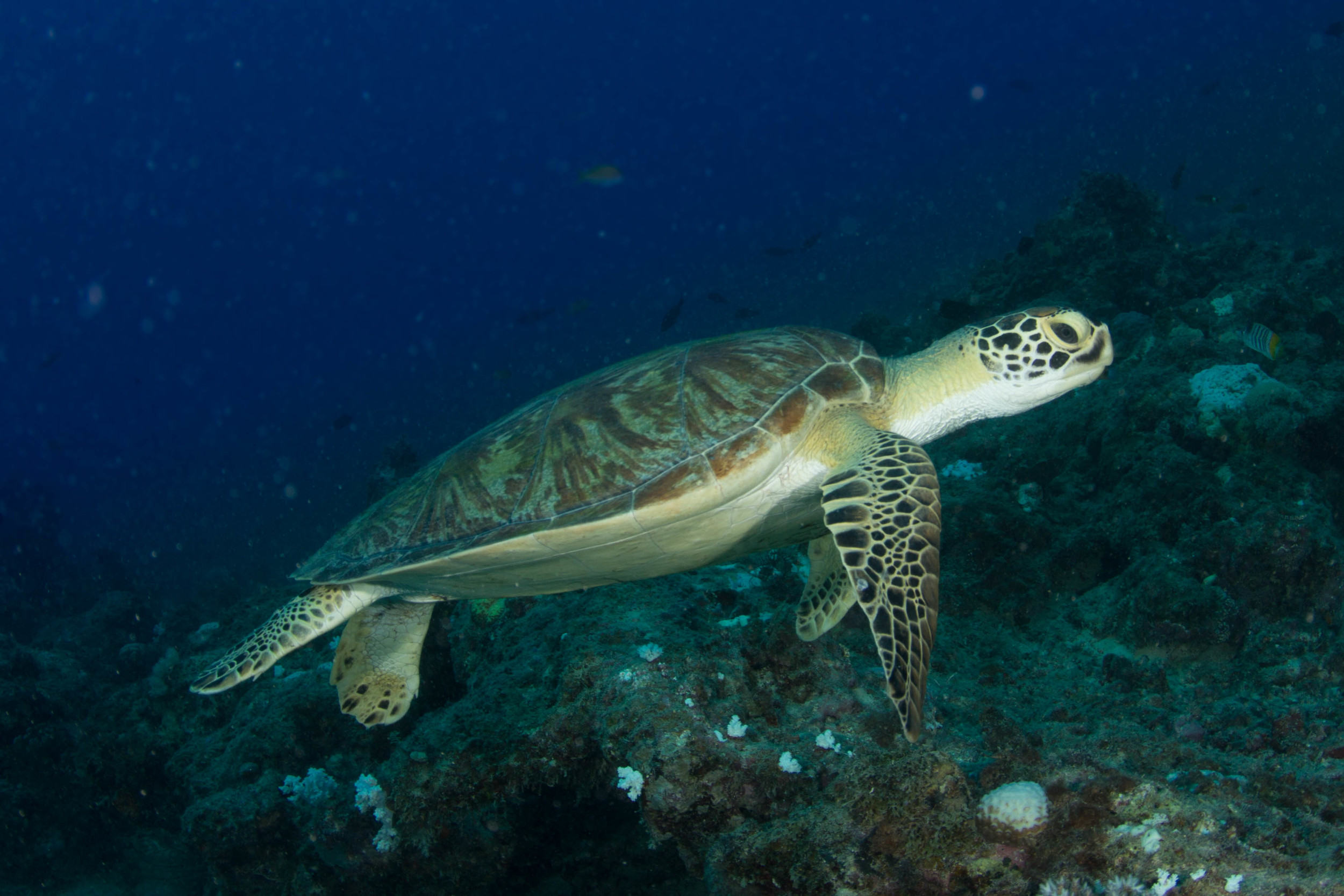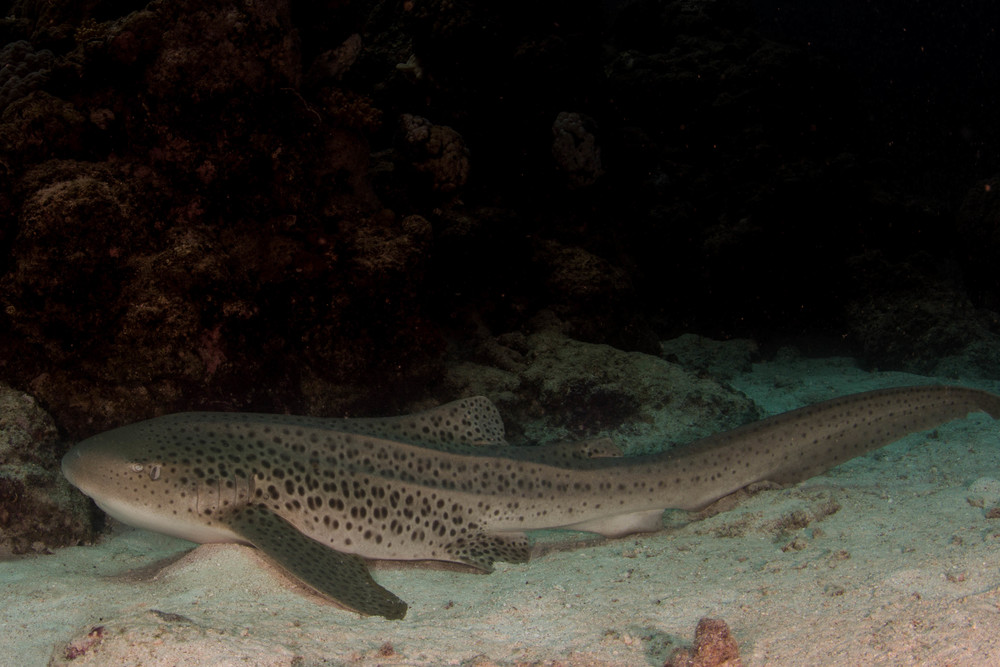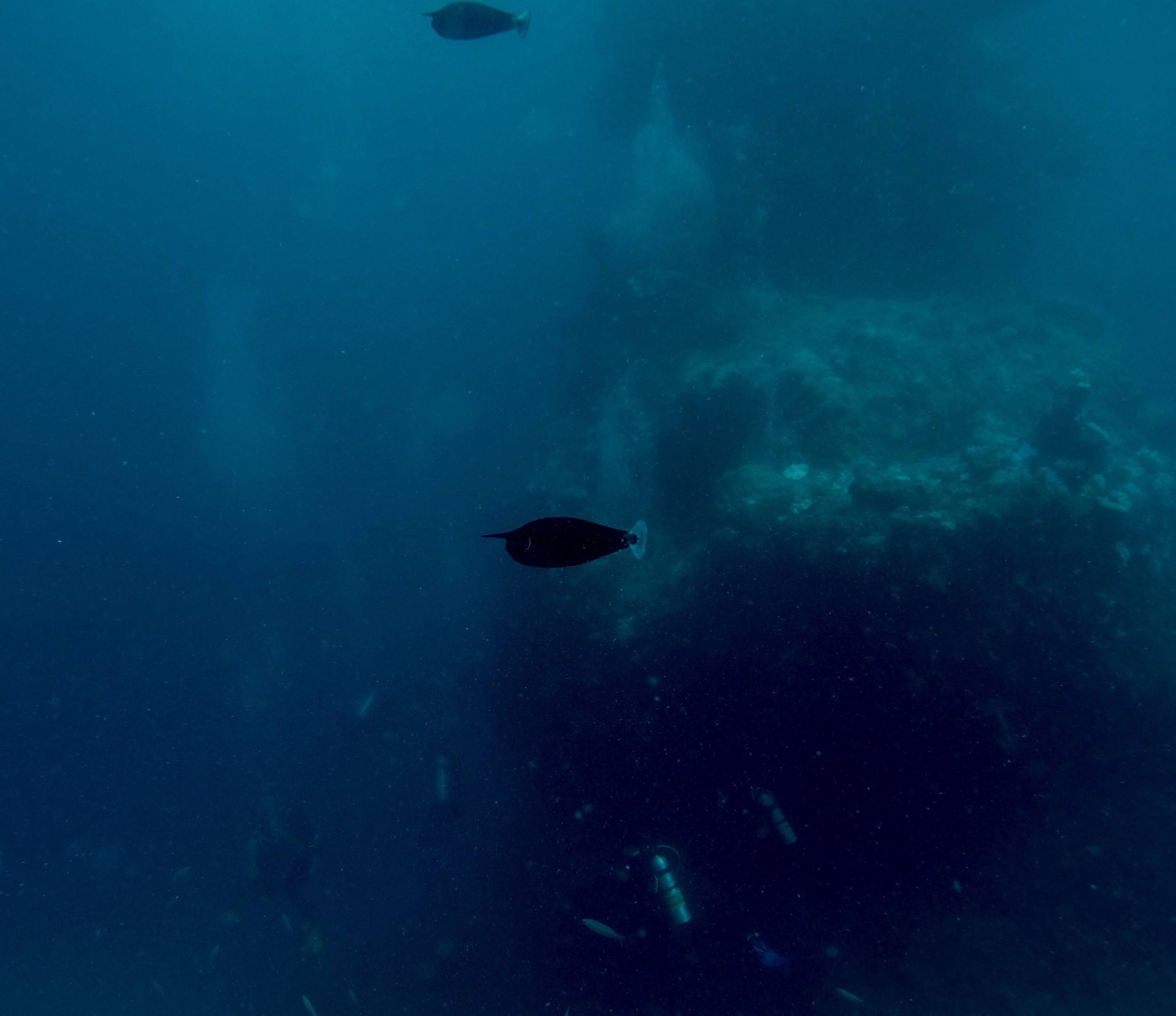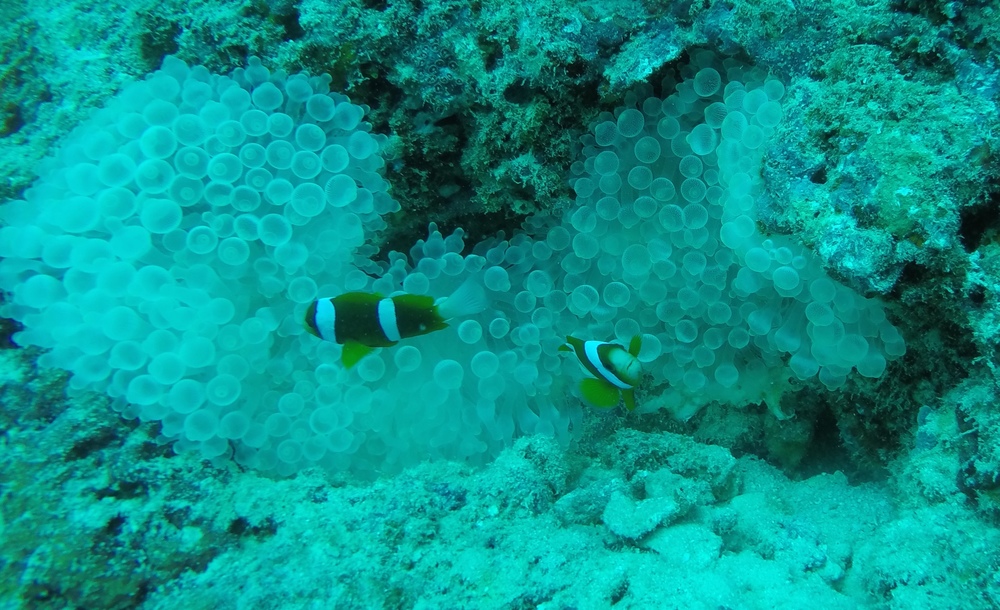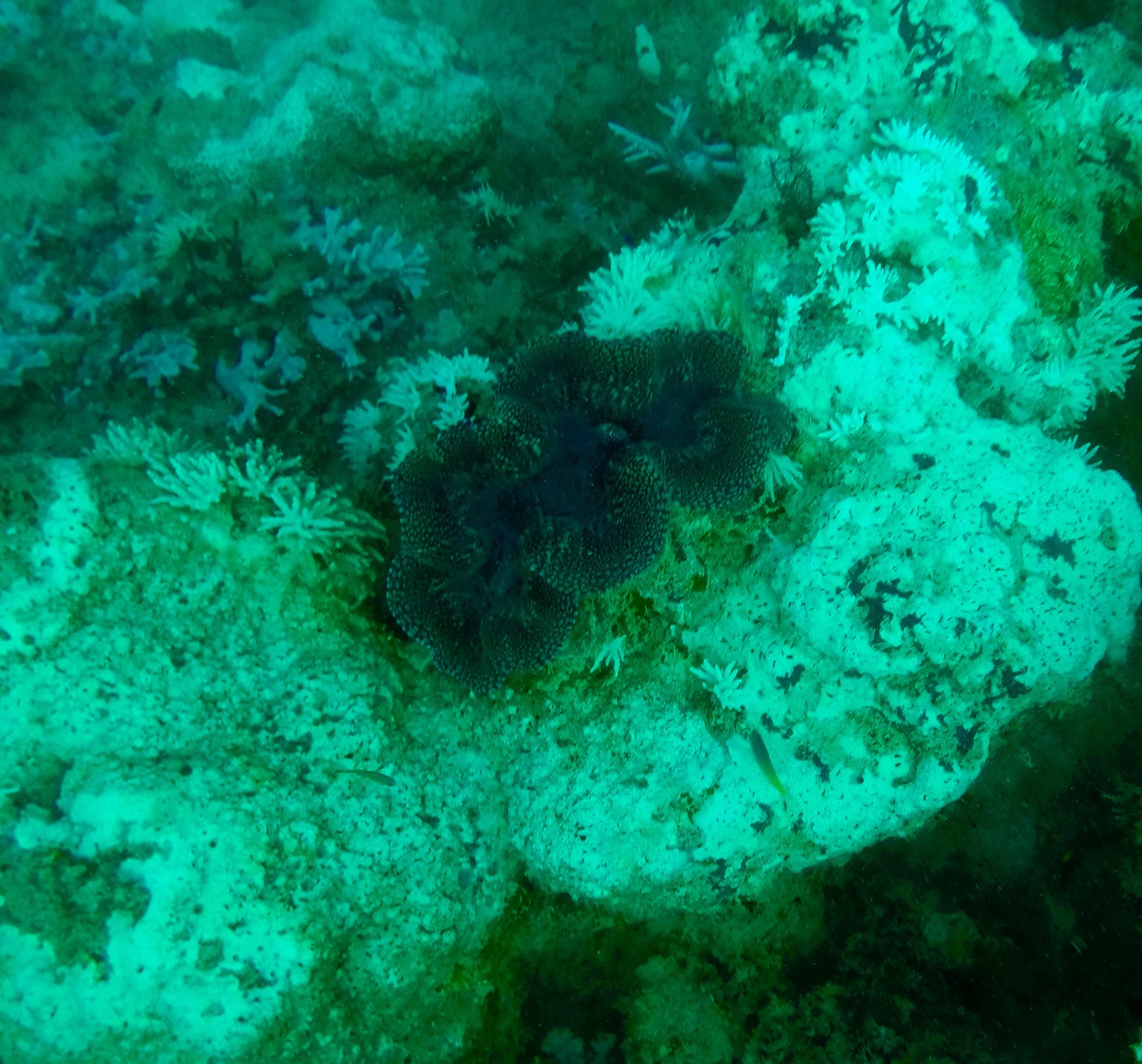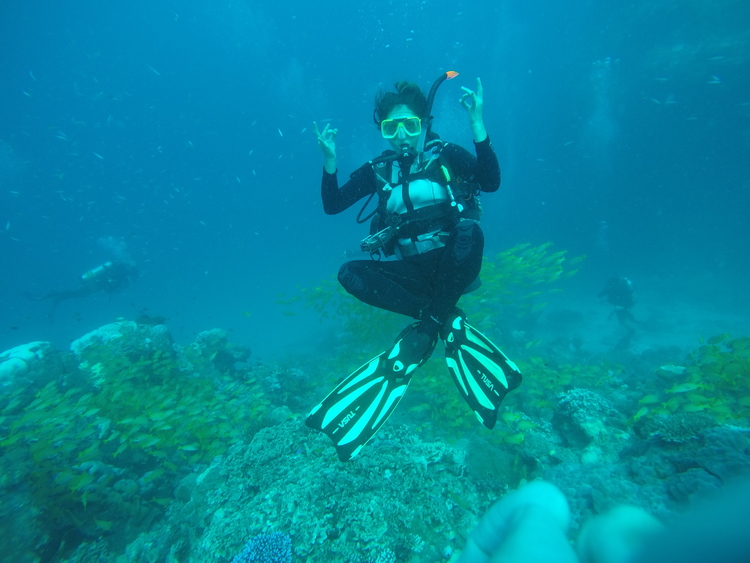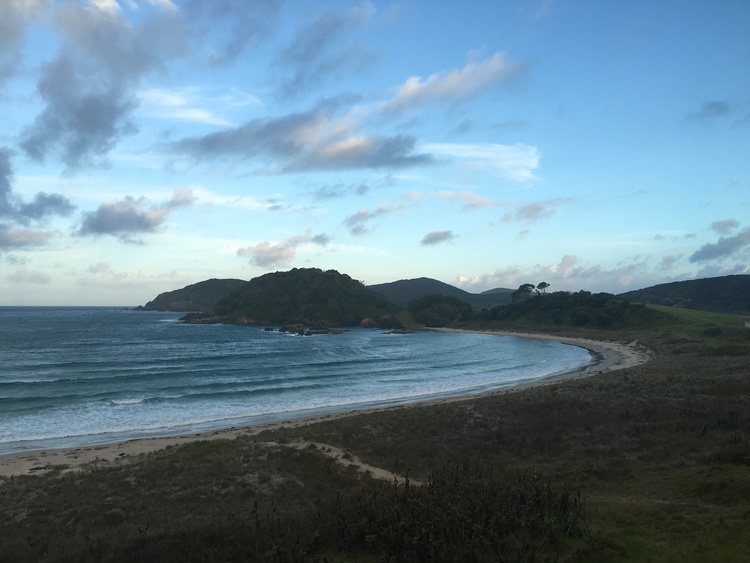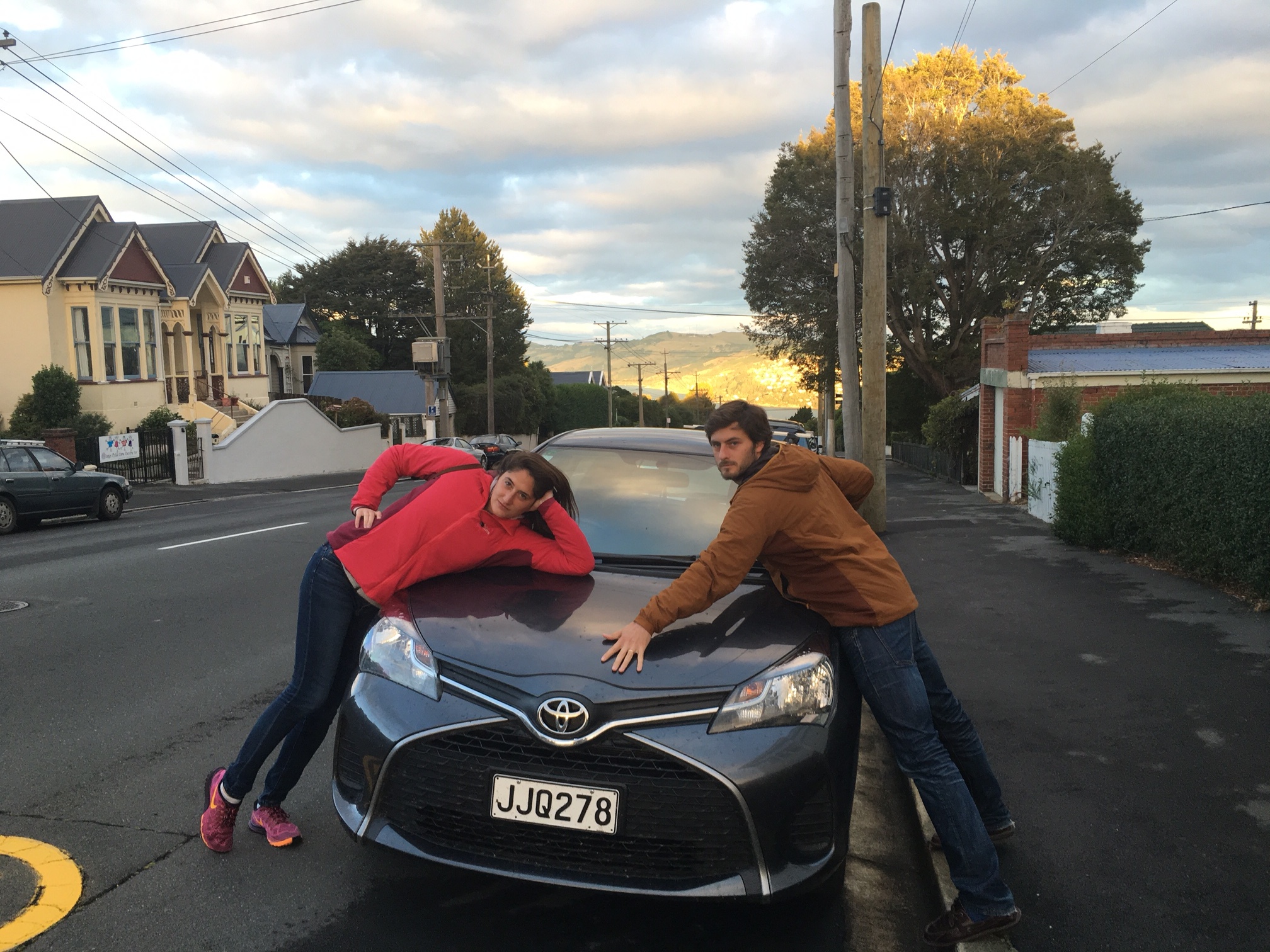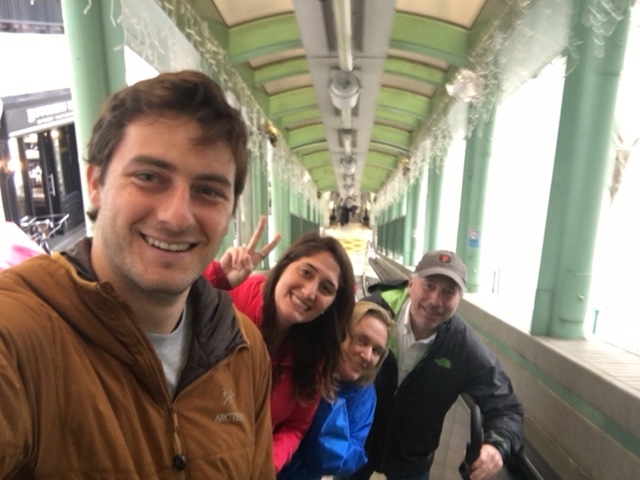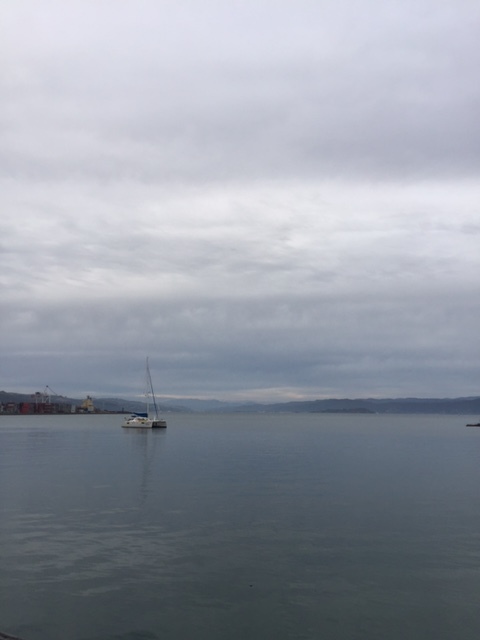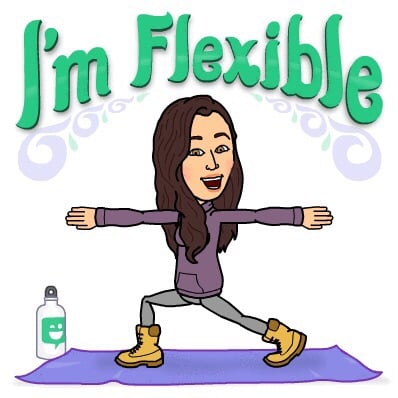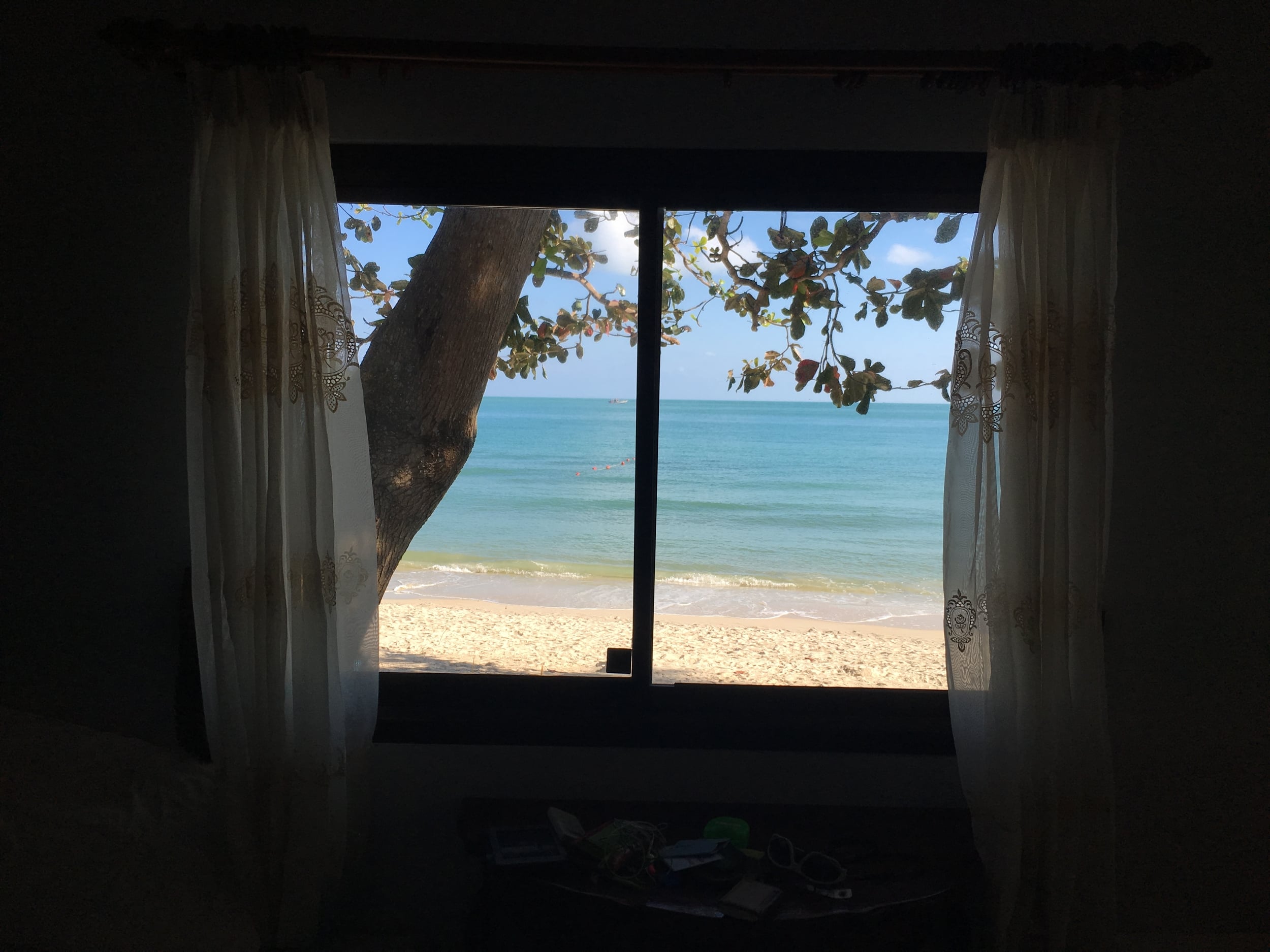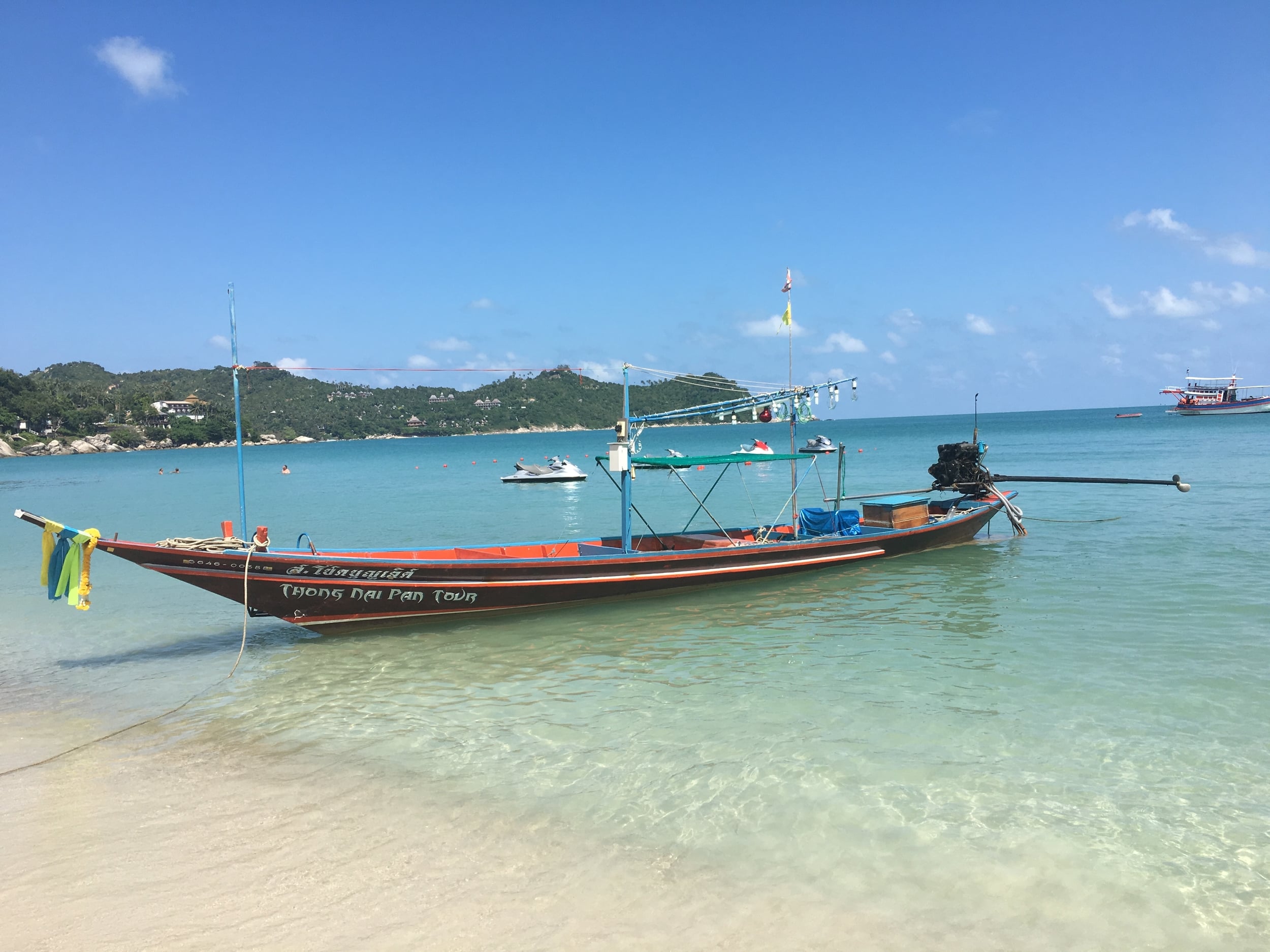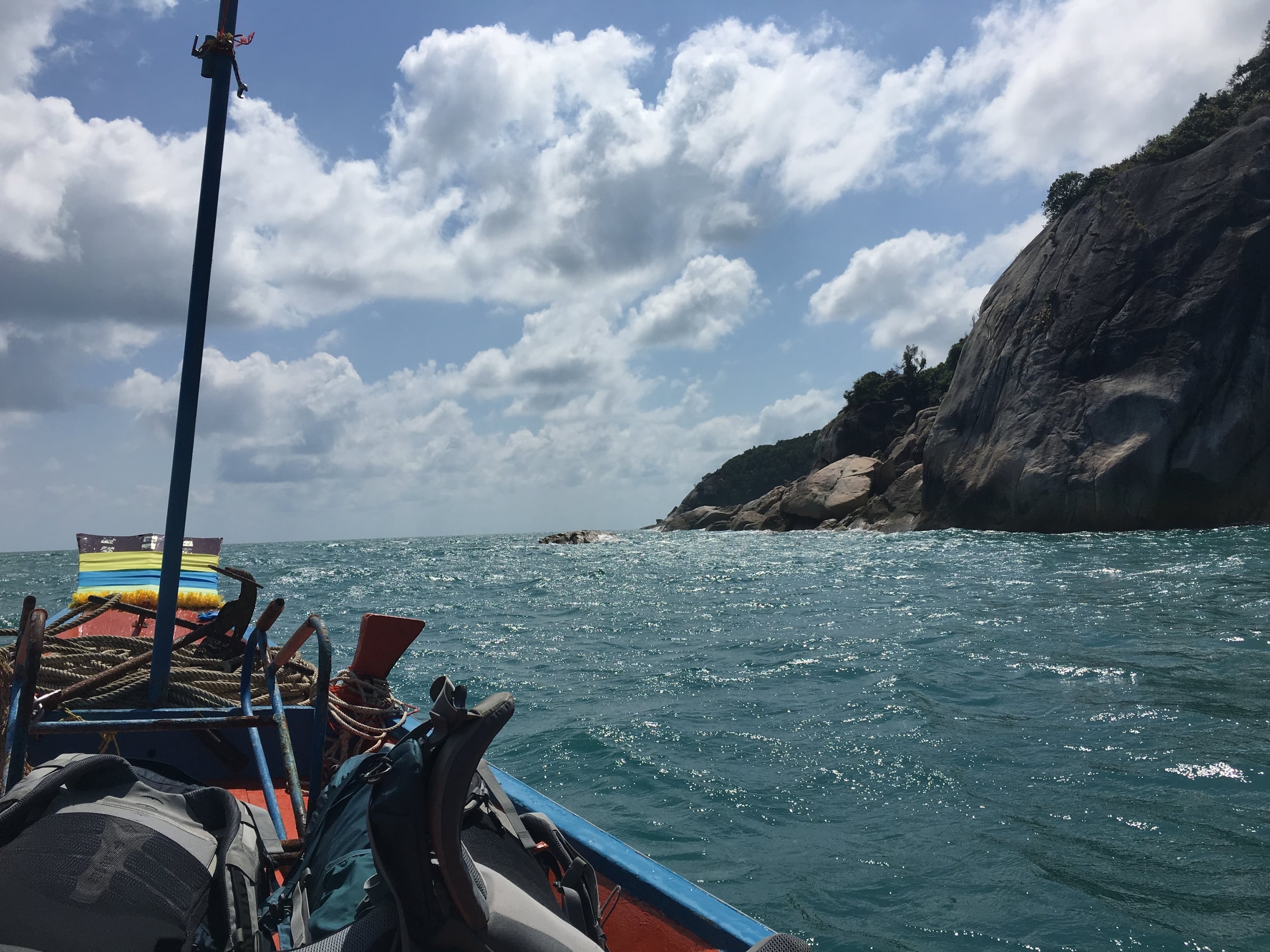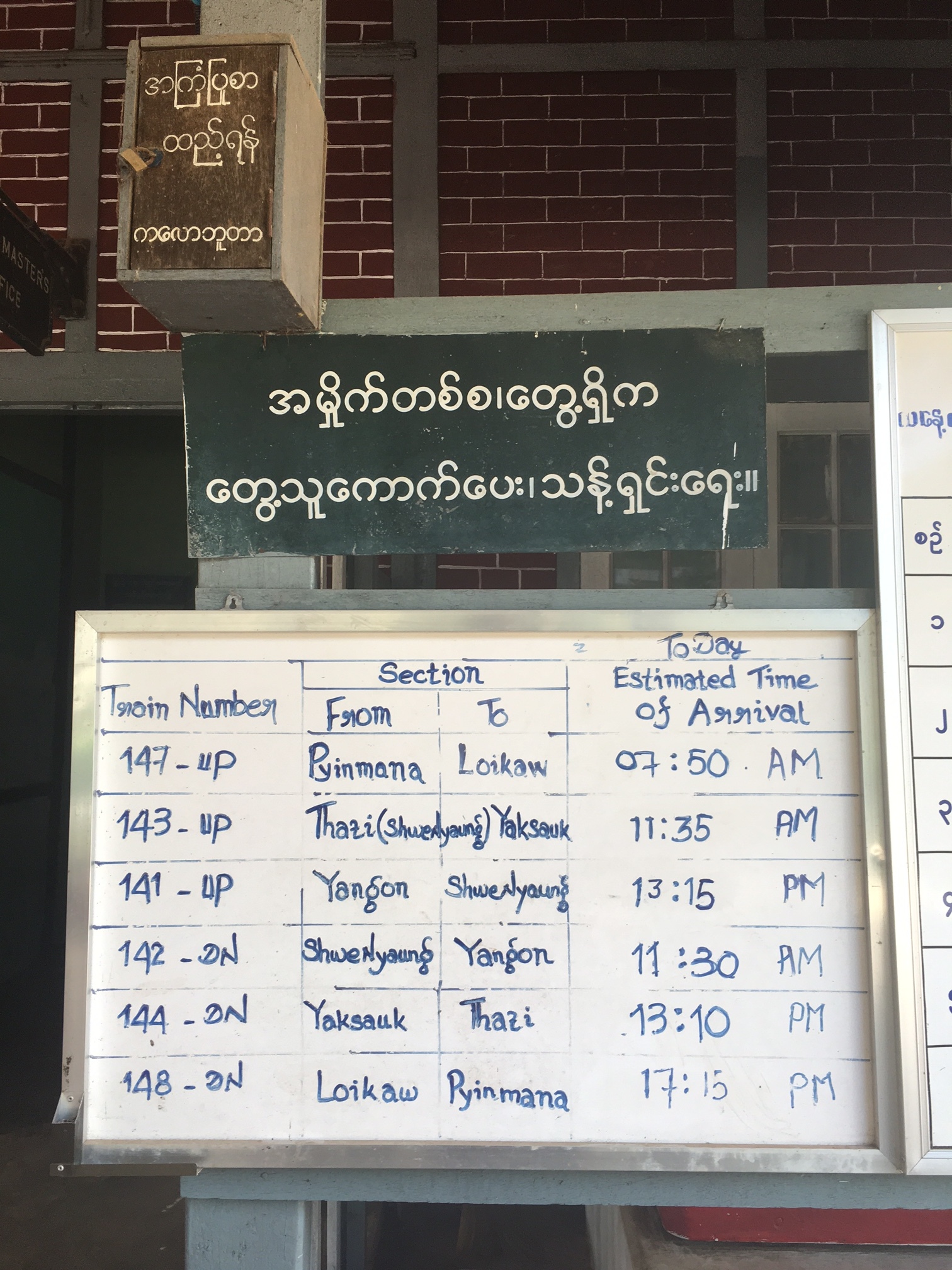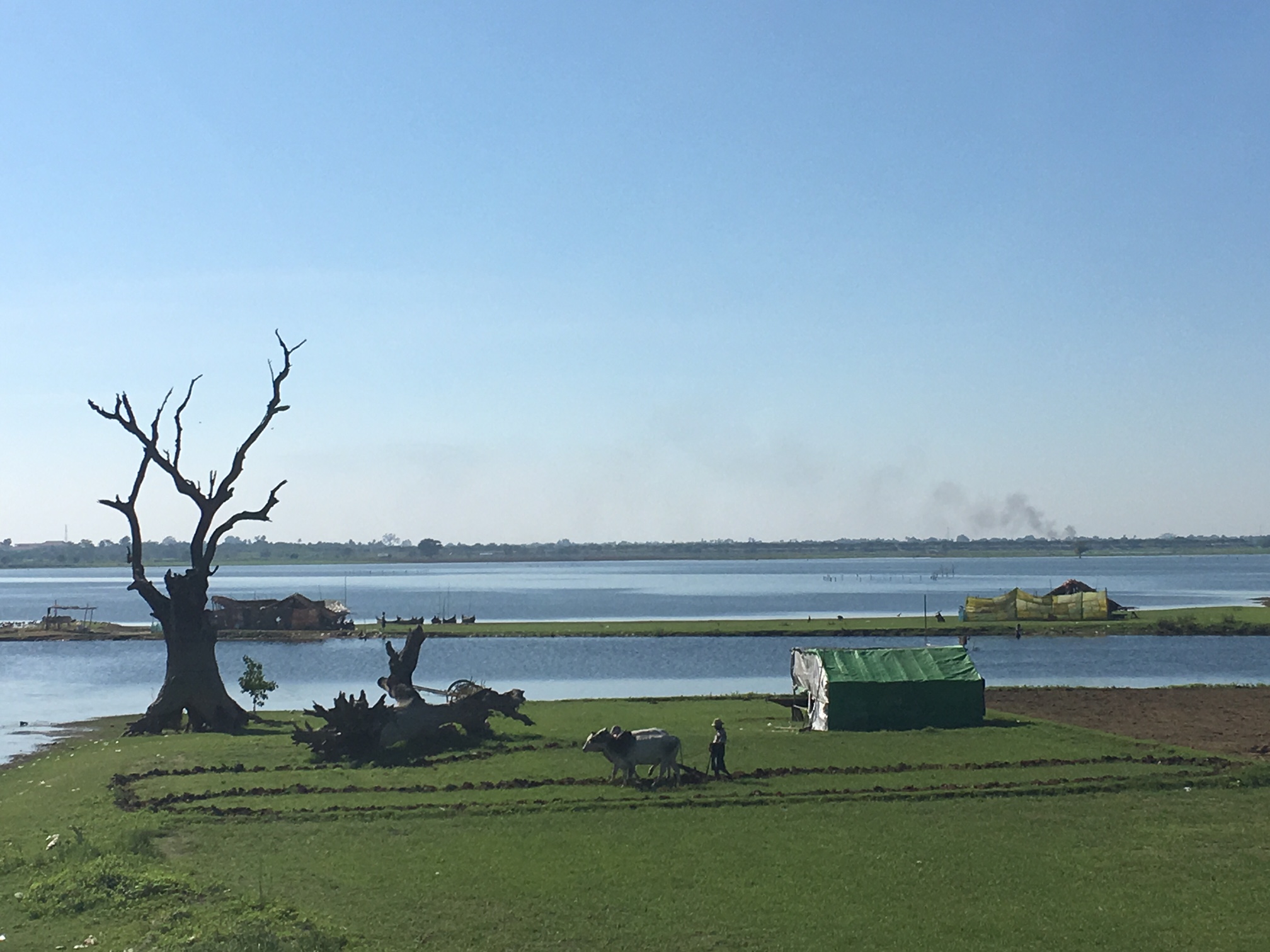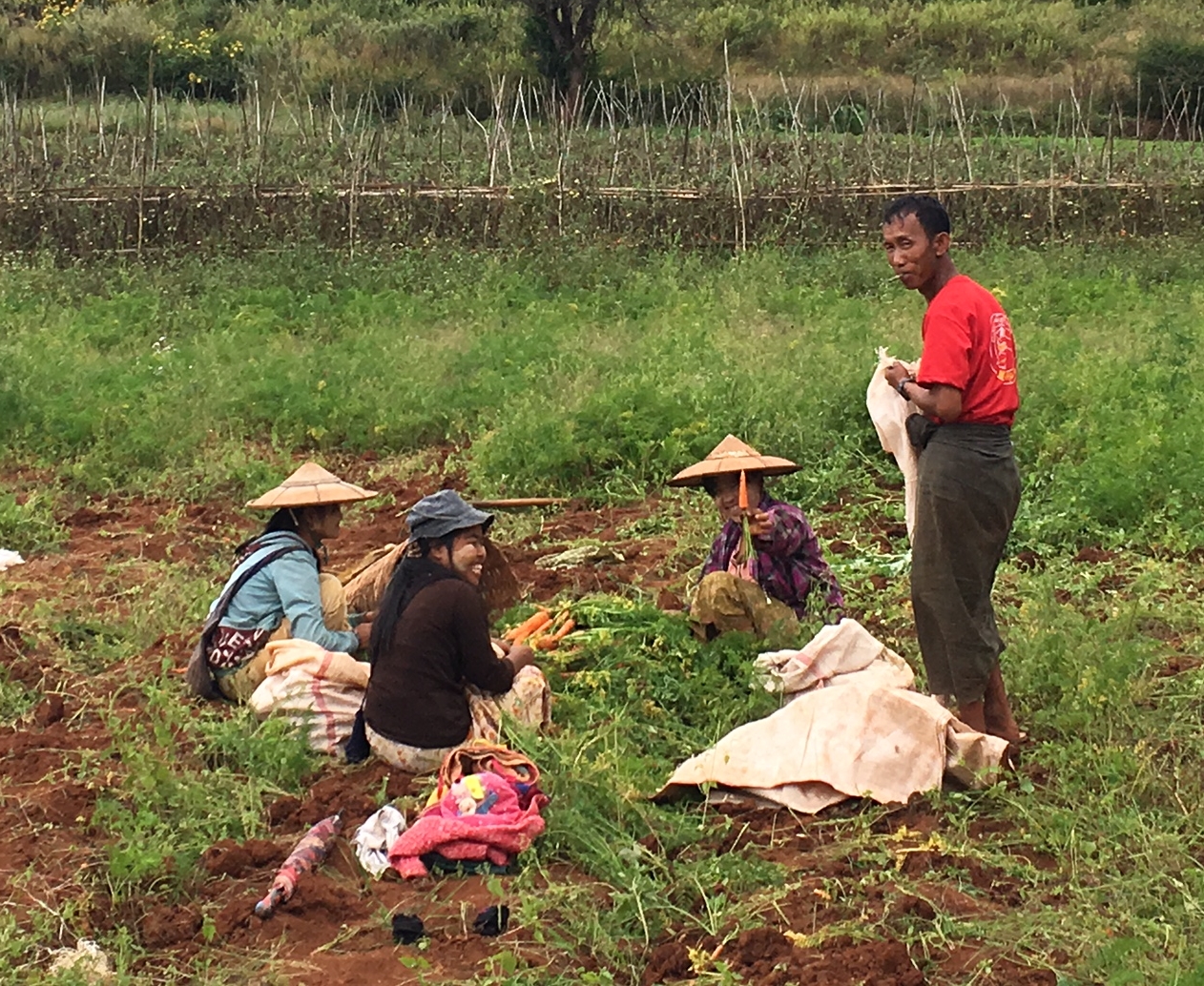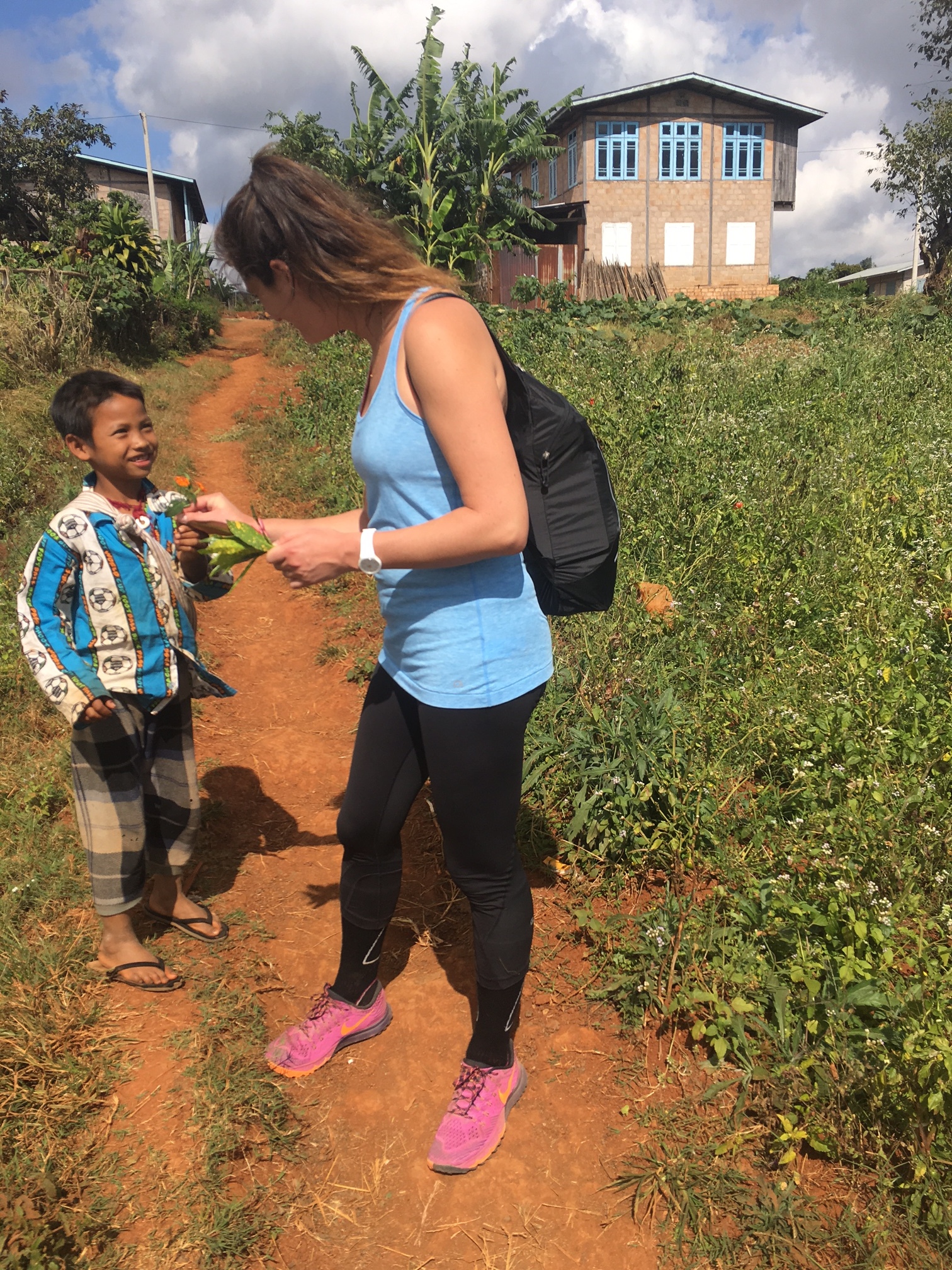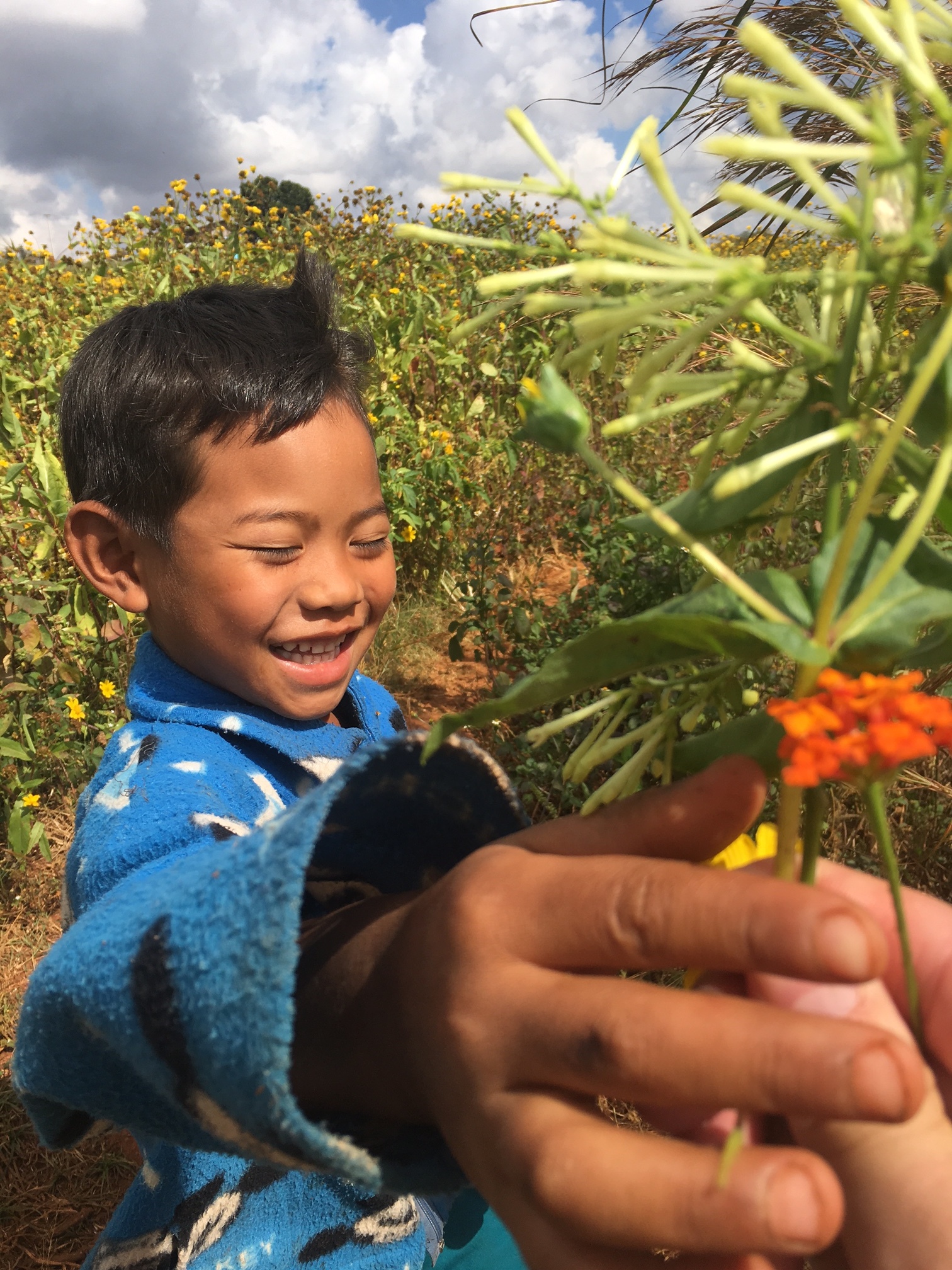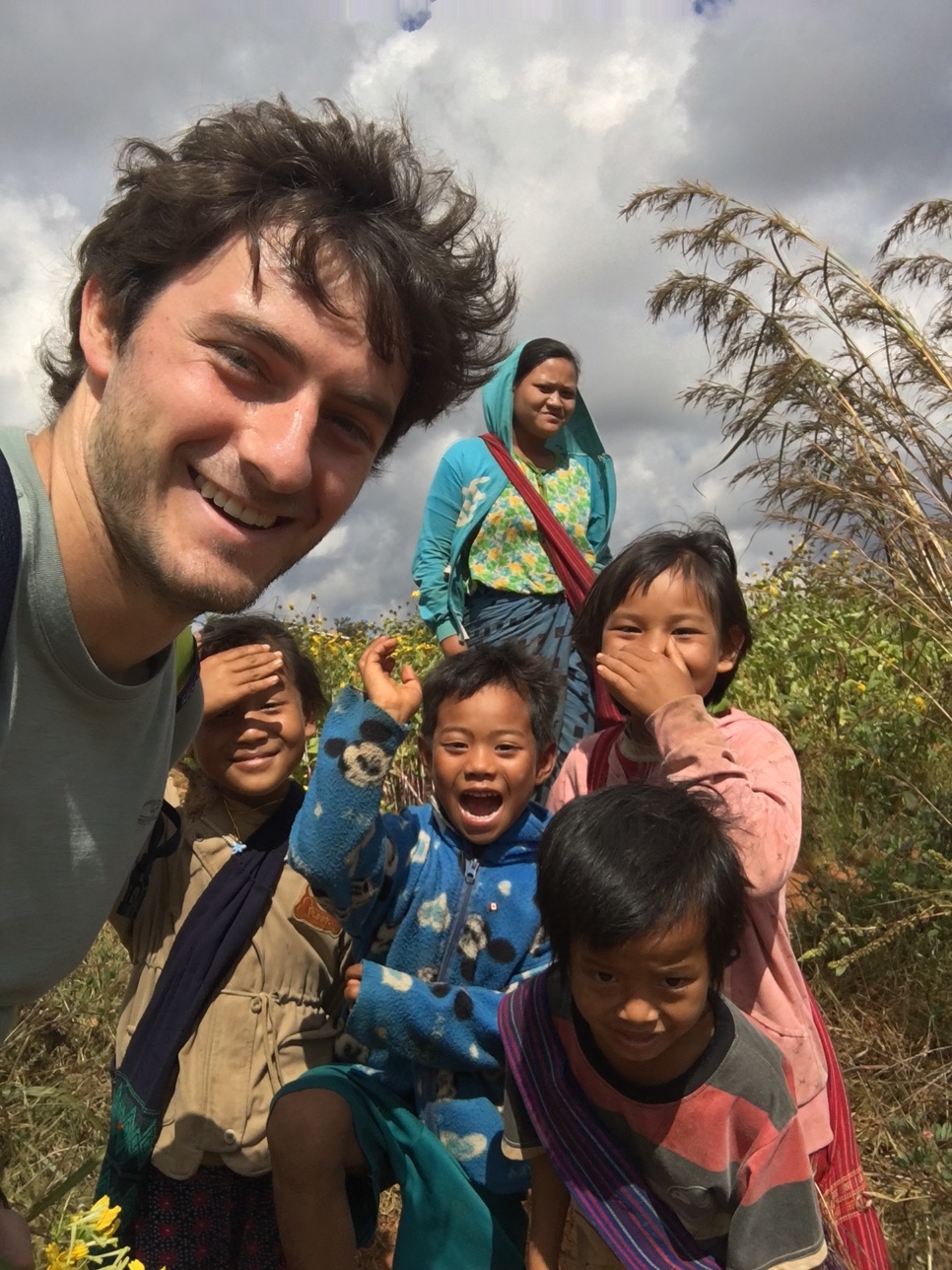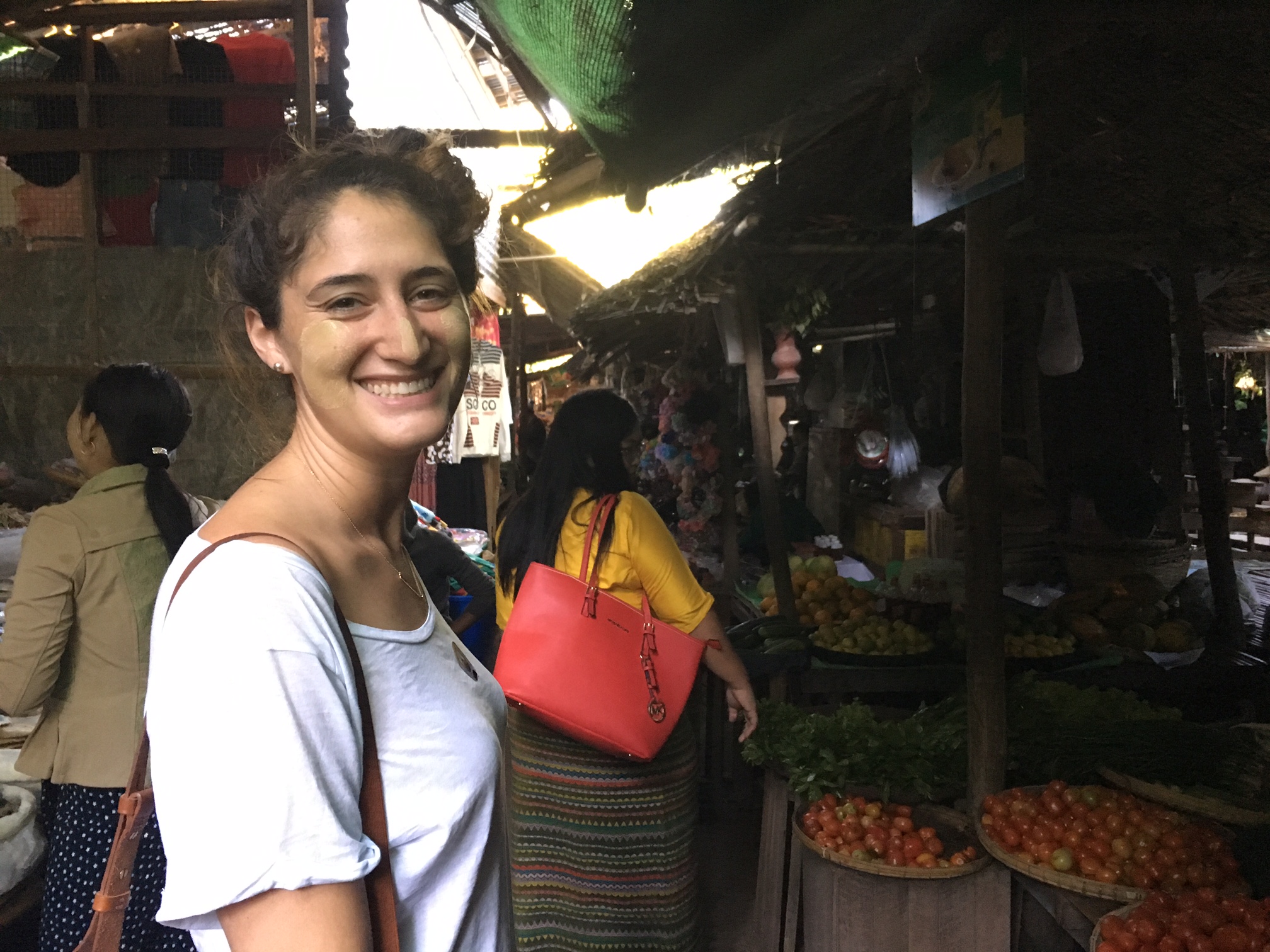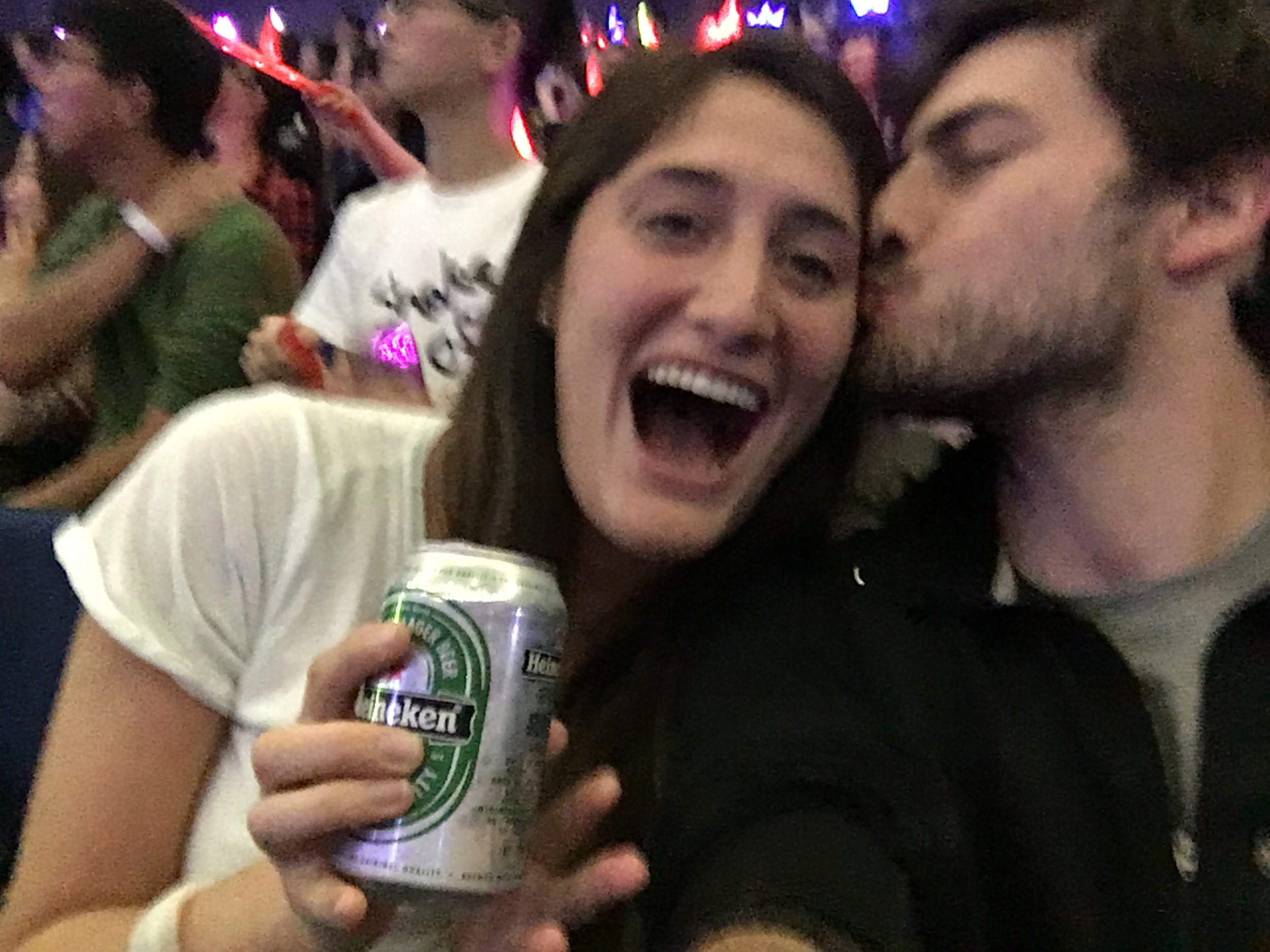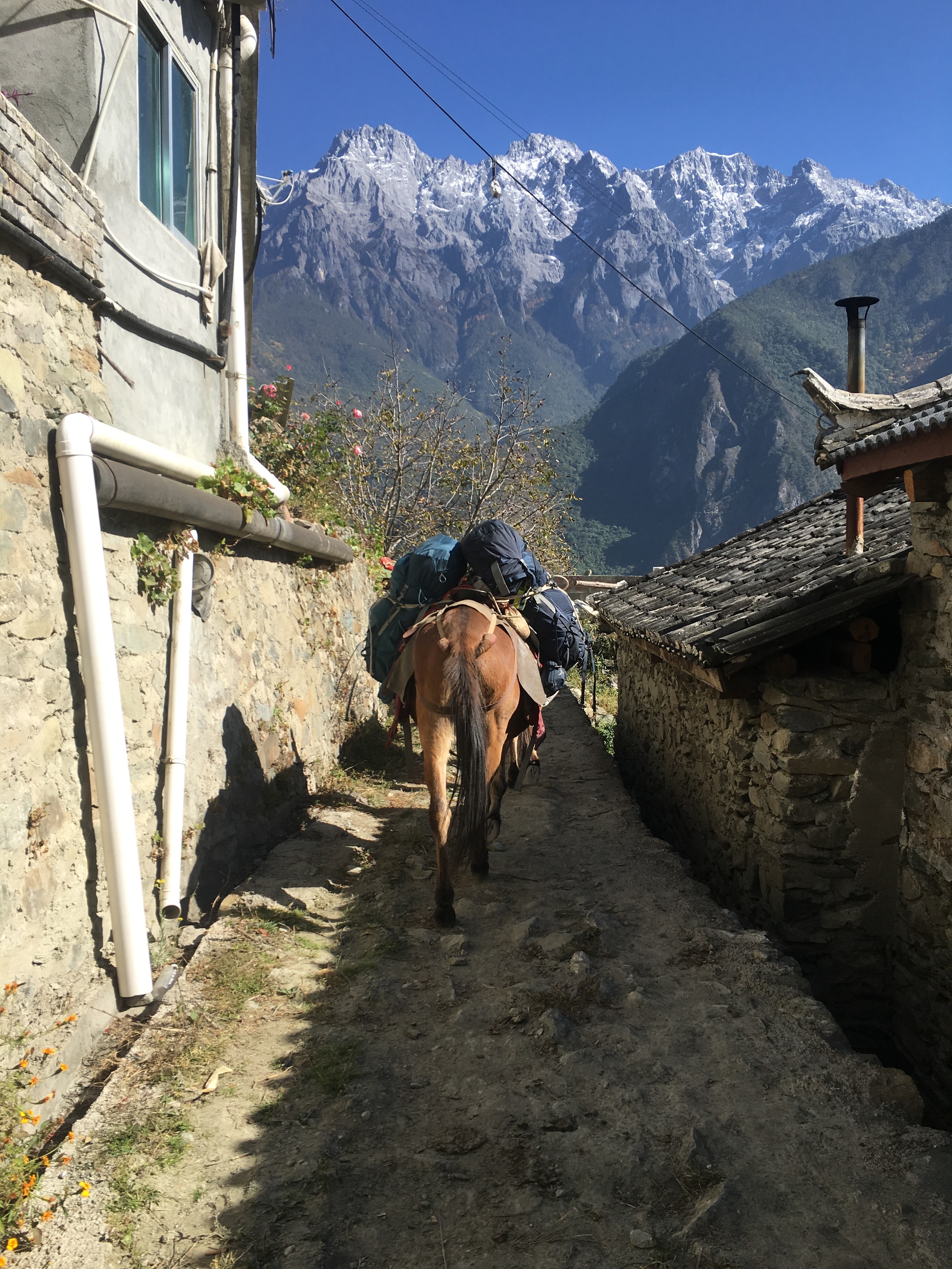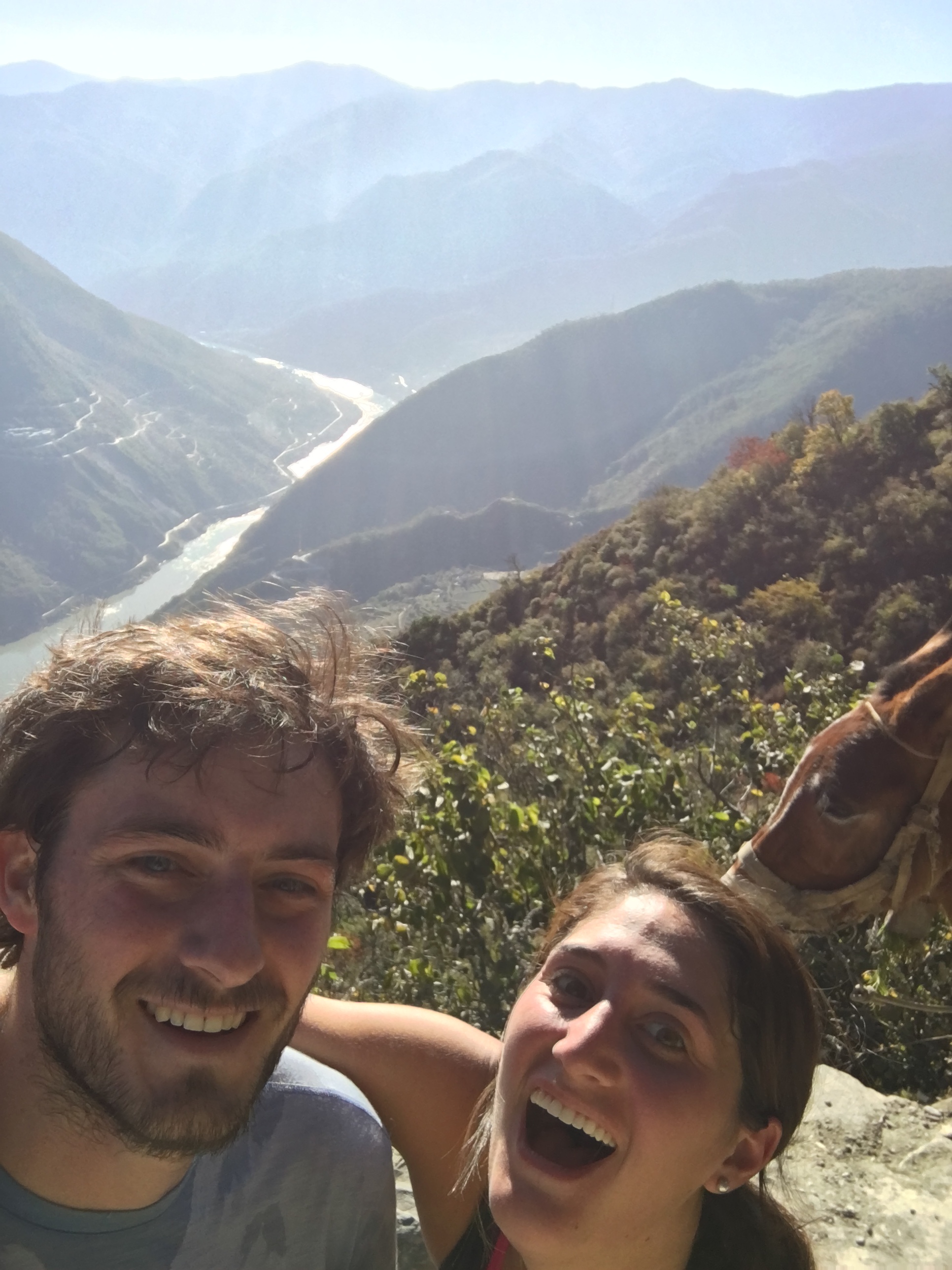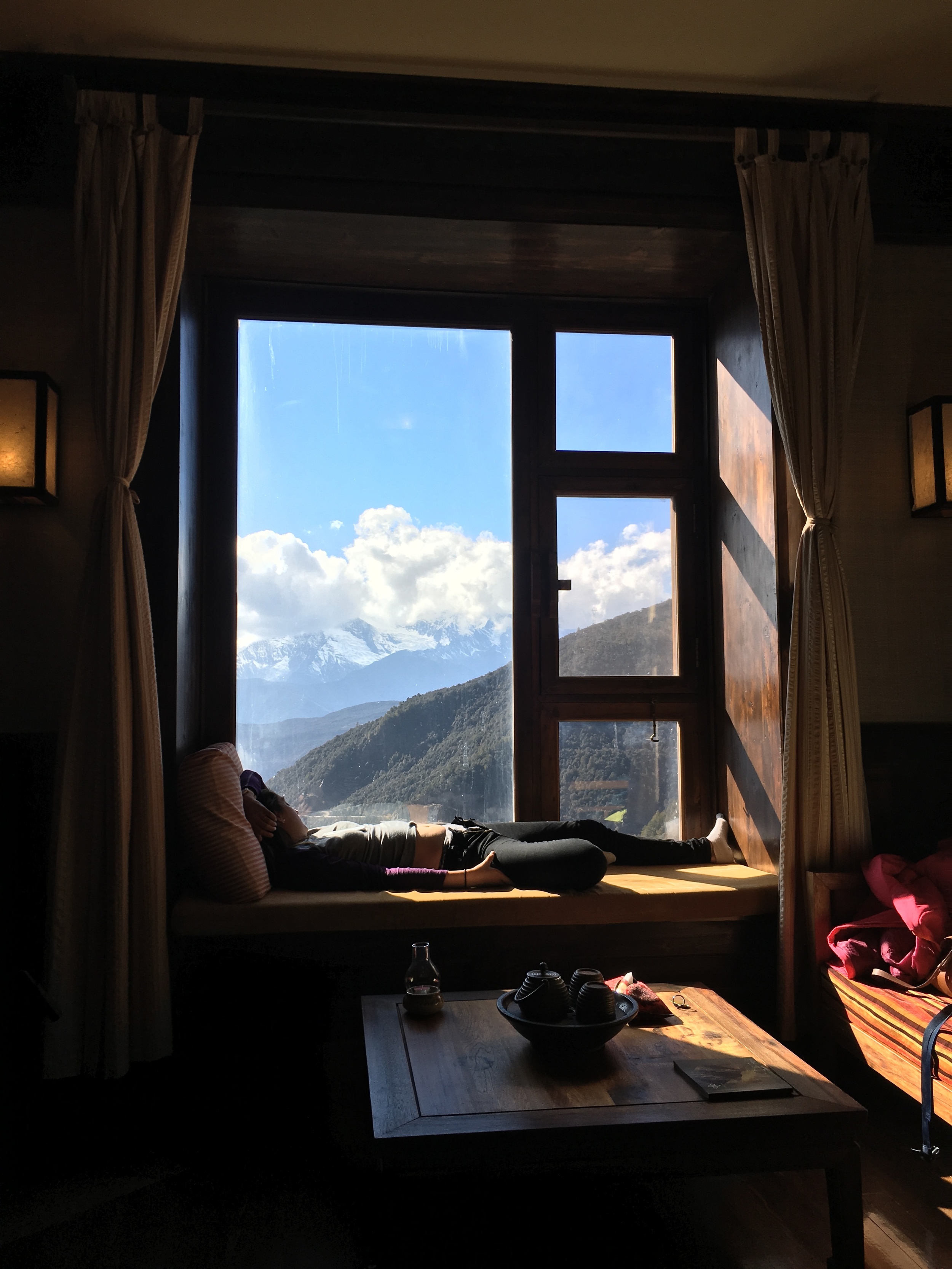Home
Alex and I hoisted up our backpacks for the last time and walked off our overcrowded train into the crowds of Penn Station. New York welcomed us with its customary assault on the senses—rush hour sidewalks, oppressive summer heat, car horns and angry pedestrians, the alternating smells of dollar-pizza and sewage— and as we made our final trek from the train station to our temporary apartment on 26th Street, we couldn’t help but wonder why we had been so excited to come back here. After months of utter calm, many of them literally lying on the beaches of Thailand, New Zealand, Australia and French Polynesia, in that moment, New York felt like a special kind of hell.
But then we showered, put on our best clothes (for me at this point, a ragged polo shirt and jeans) and went to dinner with Alex’s parents. The next night we ate with friends, 18 of us crammed around a small table in the East Village for cheap Chinese food. And somewhere in there, surrounded by people whose company we had gone without for most of a year, New York’s charm clicked back in.
Home. Same same but different. At the outset of our adventure, we wrote about our goals for our trip, namely to explore different ways of living, and so throughout we had accumulated these little bits of reflection about ourselves and our lifestyle. We like getting up early and having a morning routine. It’s surprisingly easy to create less trash. Work was more stressful than we realized. Alex actually really likes not having a packed calendar. Hiking is fun. We really like spending most of our time together. Etc. Now, strung together, these realizations are the tinted glass through which life in NYC is refracted. Of course the gravitational pull of old habits is strong; we’re sleeping in until at least 9:00 most mornings and Alex continues to schedule lunches with friends a month in advance, but at least we now do this consciously and with aspirations to do it differently.
Of all of these reflections/observations, one stands out. When I think back on our travels, I’m struck by the richness of memory. Since we’ve returned, days pass in a blur of weekday repetition punctuated by memorable weekends, and I know when I return to the déjà vu-inducing flow of office life, it will run together even more. I literally have no idea what I did last Wednesday, unless I look at a calendar. And yet, I can describe precisely what we passed on our many afternoon walks through Tokyo neighborhoods, or what we cooked for each meal on our three-day hike on the Rakiura Track on Stewart Island, or what we talked about with our scuba instructor and his friend in Okinawa.
We didn’t have the chance to collect much in the way of souvenirs while we traveled, but I’ll settle for nine months of clear, vibrant memory. For me, it’s this retrospective sense of a life lived fully that makes so travel so addicting. And when I think about the experiences that define me, it’s those memories that flow thick and clear and viscous that eventually harden into the new bits of me—souvenirs effortlessly collected and carried forward.
Fortunately, I think the root of the memory is just newness, which is in no way limited to travel. We are primed to register change, and so travel, which forces novelty through a change in environment, is a simple formula for lasting memory. But there is ample room to explore, meet new people, and do new things, all within a single city, if you’re willing to put in the effort.
As we step back into real life, that mindset is what we hope to maintain. Next week I start work, and I’m sure Alex’s days of funemployment are numbered. We are both going to try something different and see where it leads us. The question will be whether, within the routines we will build for ourselves in New York, we will be able to do enough and take enough risk to create that same variety and richness of experience that has defined our last year. Or will we have to take off again.

